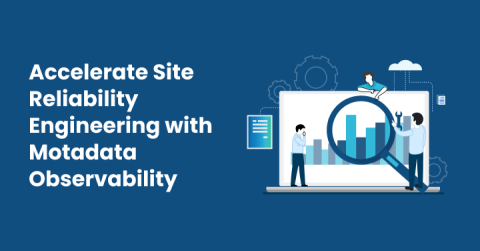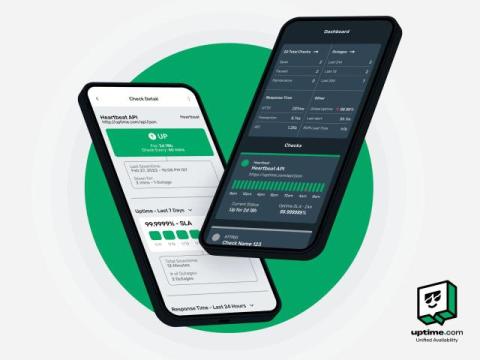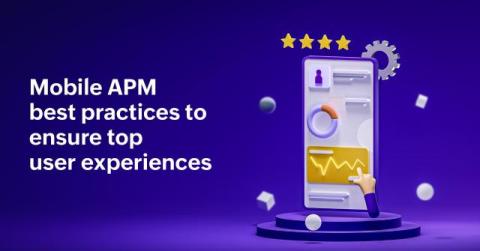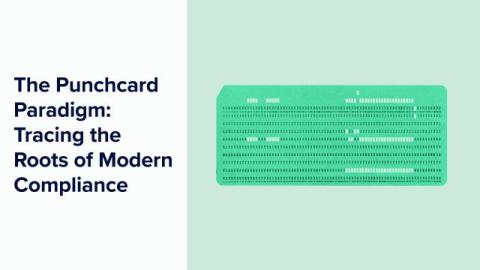Accelerate Site Reliability Engineering with Motadata Observability
Today, with every other business adopting the latest technologies, competition is becoming tough. As a result, organizations are consistently working to improve their complex systems’ availability, reliability, and scalability to stand out. Site Reliability Engineering (SRE)is a key discipline that works around the concept of optimizing and monitoring the software development cycle, performance, and service delivery. It integrates software engineering and IT SRE in observability.










